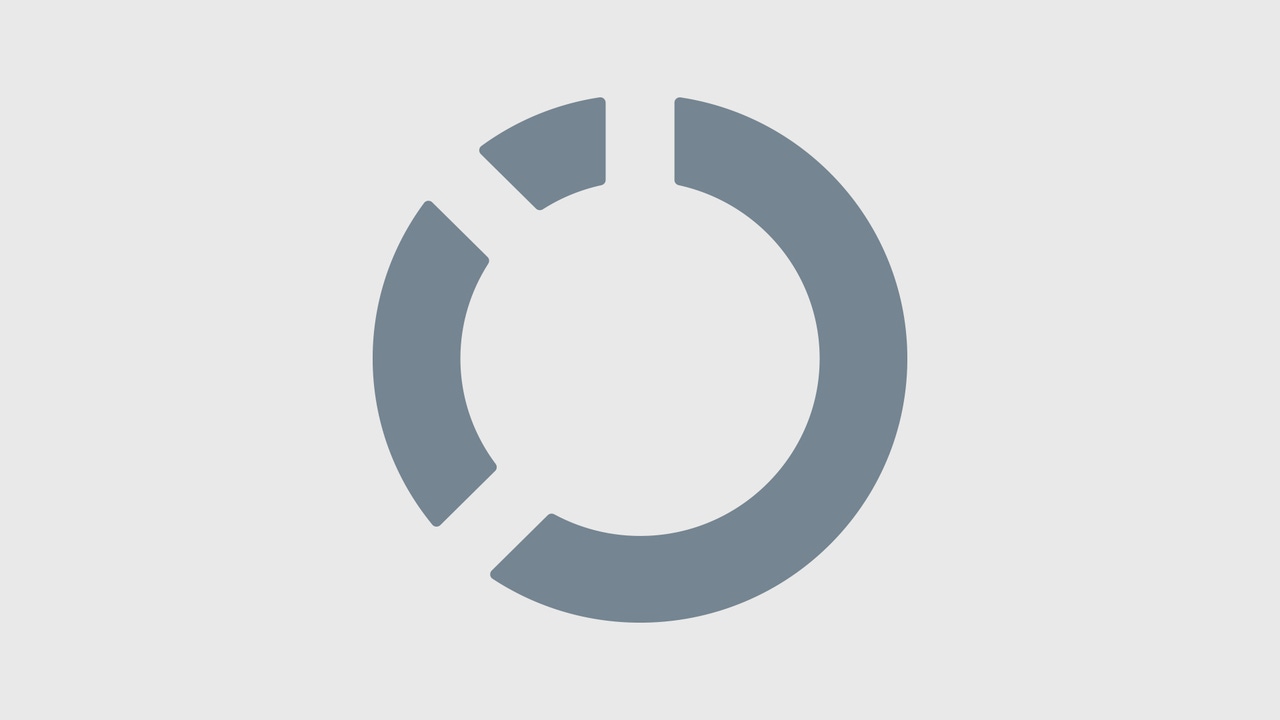HSUPA Gets Uploads Almost Up To Download Speeds
Technology promises to increase throughput and decrease latency.

Downstream has always been faster than upstream. This has been particularly true with 3G networks, where the typical downlink speed of 1 Mbps has greatly exceeded typical uplink speed of approximately 250 Kbps.
But faster uplink speeds are on the way with the advent of High Speed Uplink Packet Access (HSUPA), an enhancement to Universal Mobile Telecommunications System (UMTS) networks. AT&T and T-Mobile are the major UMTS carriers in the United States.
HSUPA not only boosts uplink speeds to almost match downlink speeds, it also reduces latency. It's the first step in a series of improvements to UMTS that will give other technologies, including WiMax, serious competition.
When UMTS-based 3G networks were first deployed several years ago, performance expectations ran high. But initial networks delivered average downlink speeds of only 200 to 300 Kbps--not that much faster than 2G networks based on Edge (Enhanced Data Rates for GSM Evolution).
Things improved with the High Speed Downlink Packet Access (HSDPA) upgrade that rolled out in 2006: Users experienced downlink speeds faster than 1 Mbps. Many apps need more speed on the downlink, so it made sense to rev that up first. Now HSUPA promises almost a balanced link, meaning that rates of 1 Mbps or higher are possible on the uplink as well. The innovations include a dedicated physical channel for data, a short transmission time interval that allows faster responses to changing conditions and errors, fast scheduling for the base station to effectively allocate resources, and more efficient correction of radio transmission failures.
THE LOWDOWN |
|---|
THE PROMISE:HSUPA aims to increase uplink speeds on UMTS networks to almost match HSDPA downlink speeds. The result is a balanced link that not only increases throughput but also decreases latency. Data-heavy traffic, such as video, database updates, and e-mail attachments, can be uploaded much faster with no performance hit, and all applications will be more responsive.THE PLAYERS:HSUPA has support from major worldwide infrastructure vendors (Alcatel-Lucent, Ericsson, Nortel, NSN, among others), modem vendors (Sierra Wireless, Novatel Wireless), and UMTS 3G operators (AT&T and T-Mobile in the United States). Eventually, handset vendors will likely sign on as well.THE PROSPECTS:The outlook for HSUPA is very positive, because of its widespread support among major vendors, and its edge over technologies such as EV-DO. Most UMTS networks that support HSDPA will be upgraded to support HSUPA, and other enhancements--under the HSPA banner--are expected to follow. |
Web-browsing employees aren't the only ones who'll benefit from faster upload speeds--think of mobile workers sending e-mails with large attachments (PowerPoint, anybody?) or insurance adjusters uploading video files. In many cases, faster uplinks will translate directly into improved productivity.
HSUPA reduces latency, which is just as important as uplink speed. With HSDPA, 3G network latency fell to around 100 milliseconds, round-trip time. With the addition of HSUPA, latencies fall another 20 ms or so. The combination of faster uplink and lower latency makes all applications operate more efficiently.
AT&T has quietly upgraded most of its 3G network to support HSUPA, and it now claims typical downlink speeds of 700 Kbps to 1.7 Mbps, and 500 Kbps to 1.2 Mbps on the uplink. It's not just AT&T. According to industry association 3G Americas, as of September, 47 networks globally have HSUPA.
Moving forward, UMTS networks with both HSDPA and HSUPA will use the term High Speed Packet Access (HSPA) to refer to the combination.
HSPA isn't the first technology to provide a high-speed uplink. Sprint and Verizon upgraded their networks last year to CDMA2000 EV-DO Rev A, which also enhances uplink speeds. This puts all 3G networks on relatively equal footing. The only drawback is that pricing for 3G remains high: AT&T, for example, charges $60 for 5 GB per month (previously "unlimited") plans, or $30 per month for smartphone plans. Also, current devices don't necessarily support HSUPA, so read specs carefully if you're looking for this feature.
Peter Rysavy is a wireless technology consultant and president of Rysavy Research.
About the Author
You May Also Like






